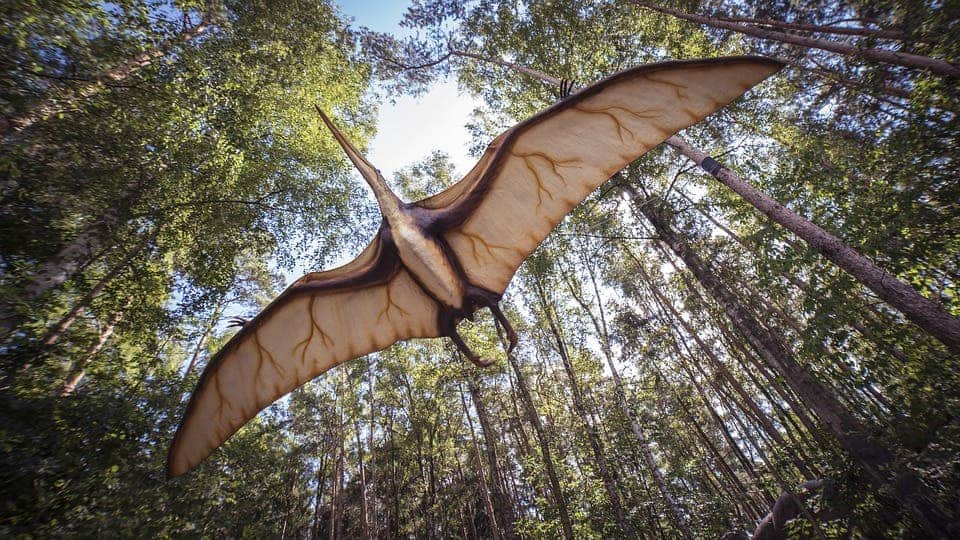Three decades after being discovered, the largest pterosaur jawbone ever found has now been officially recognized.

Image credits Sebastian Ganso.
Although the partial mandible itself is a mere 7.4 inches (18.8 centimeters) long, it suggests that the whole jawbone likely measured between 37 and 43 inches (94 and 110 cm) during the animal’s life, the researchers write.
Why the long face?
The jaw would be “more than three times the size of the complete, 290-millimeter-long holotype mandible of Bakonydraco,” a closely-related pterosaur, the team explains.
The jawbone fossil was first unearthed by study co-author Dan Grigorescu, a geologist at the University of Bucharest, Romania, back in 1948. He made the discovery in the Hațeg Basin, near the village of Vặlioara in Transylvania, central Romania. However, his find wasn’t immediately recognized. In fact, the fossil wasn’t recognized as belonging to a pterosaur until 2011 when two of the paper’s co-authors, Mátyás Vremir, a geologist at the Transylvanian Museum Society and Gareth Dyke, a paleontologist at the University of Debrecen in Hungary, realized its importance, writes National Geographic.
During the pterosaur’s lifetime, a period known as the Cretaceous, the Hațeg Basin wasn’t actually a basin — it was an island. And, as oft happens with island-dwellers, the dinosaurs here evolved to be smaller than their counterparts on the mainland (a process known as ‘island dwarfism‘). The area, however, is also known for large pterosaurs (the other side of the coin, known as ‘island gigantism‘) such as Hatzegopteryx. This ancient flier is believed to have rivaled a modern giraffe in height, boasting a wingspan of up to 36 feet (10.9 meters) — and it’s not even the largest one.
Having a large jaw, however, does not make one the biggest pterosaur on the island. The animal — which has yet to be scientifically named — probably had a wingspan of over 26 feet (8 m) and likely belonged to a family of pterosaurs known as the Azhdarchids, the authors explain. This family of flying dinosaurs is generally thought to have had either long necks and thin skulls, or short necks and robust, hardy skulls.
The jawbone in this study likely belonged to “a robust, short-skulled azhdarchid,” the researchers conclude.
The paper “Partial mandible of a giant pterosaur from the uppermost Cretaceous (Maastrichtian) of the Hațeg Basin, Romania” has been published in the journal Lethaia.


